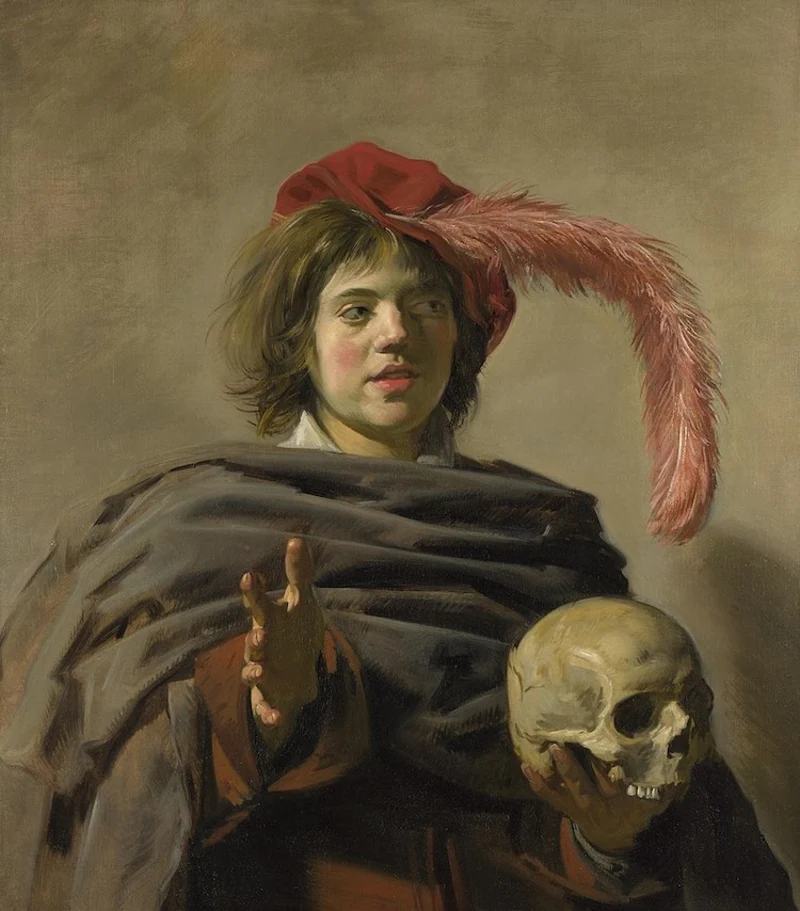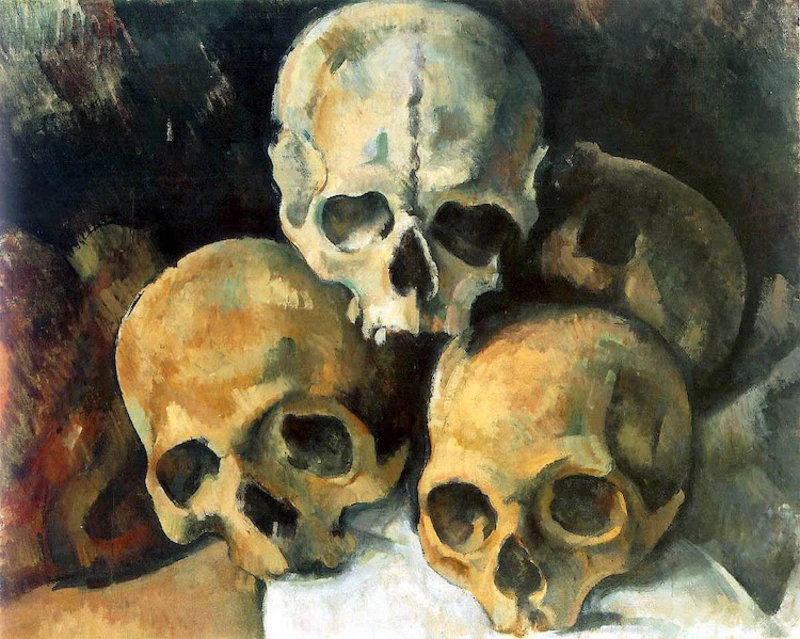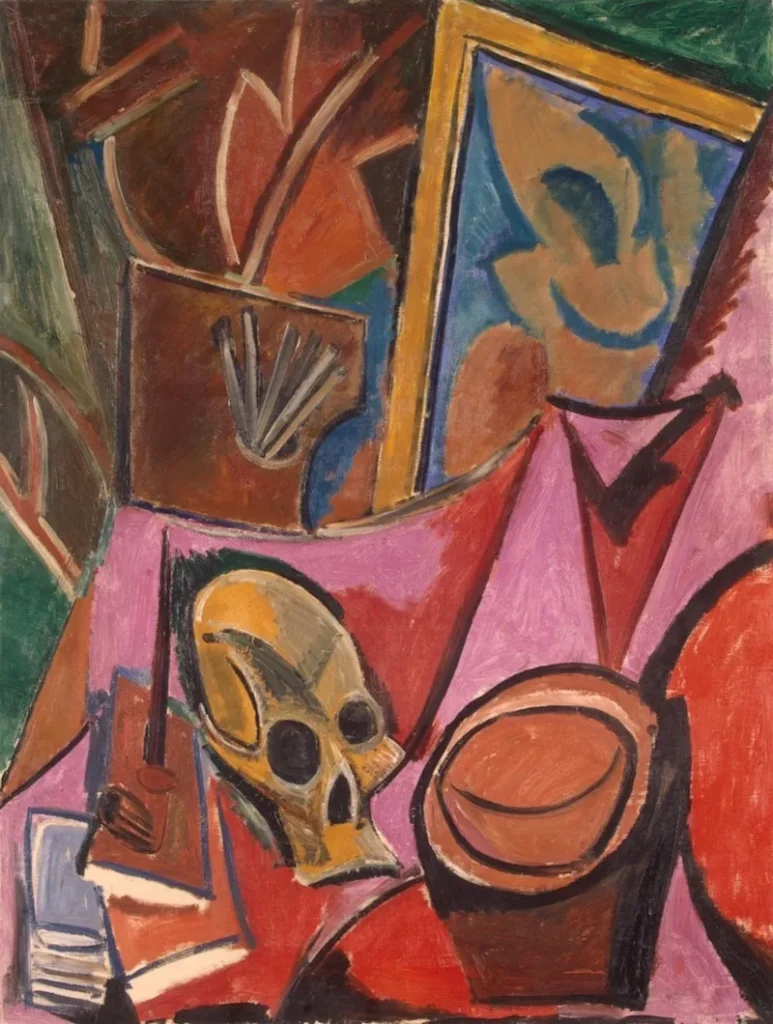Common sayings such as ‘here today, gone tomorrow’ and ‘nothing lasts forever’ serve as poignant reminders of life’s transience and our mortality. Contemporary culture often shies away from discussions about death. However, historical perspectives reveal a different attitude toward this inevitable aspect of existence.

Individuals were prompted to contemplate the concept of death and its significance Throughout history, especially during periods of adversity. In Medieval Europe, amidst rampant plagues, a prevailing philosophy emerged, urging people to reflect on items that served as reminders of both life and death. This philosophy, known as memento mori, meaning “remember that you will die,” may appear somber to some, yet it was a revered discipline that encouraged introspection and acknowledgment of life’s transience.

This practice requested that individuals untie themselves from worldly possessions and luxuries. The transient nature of these material goods was contrasted with the eternal nature of the soul and the belief that one should focus on spiritual matters and the afterlife. Naturally, like many philosophical concepts of that era, this ideology found expression in rich artistic imagery, which has since become ingrained in our cultural consciousness.

Memento Mori Symbolism
Artists have been captivated by the stoic philosophy of memento mori. They used its solemn teachings as inspiration for their creations. Skull art, deeply rooted in this philosophy, has remained a popular aesthetic niche over time. Skulls, skeletons, and depictions of skulls adorned with wings serve as potent reminders of the inevitability of death, symbolizing the universal truth that all life will eventually come to an end. Skulls are perhaps the most ubiquitous symbol in memento mori art, representing the classic motif of mortality.
Widely recognized and utilized beyond the confines of Western Europe, skull iconography plays a central role in Mexico’s Día de los Muertos, or “Day of the Dead,” a renowned celebration honoring departed loved ones. From an artistic standpoint, eminent figures such as Albrecht Dürer, Vincent van Gogh, and Pablo Picasso have all employed skull imagery to convey profound artistic messages.

Yet, skulls are not the sole symbols utilized to express memento mori concepts. Throughout the annals of Western art history, artists have employed a diverse array of metaphors to contemplate life’s fragile nature. Particularly prominent in the Netherlands, still life painting emerged as a vehicle for exploring these existential themes. Throughout the 16th and 17th centuries, these paintings, often referred to as vanitas (Latin for “vanity”), employed symbols such as decaying fruit, musical instruments, timepieces, hourglasses, and bubbles to underscore the inevitability of decay and the fleeting essence of life.
FRANS HALS

PHILIPPE DE CHAMPAIGNE

MARIA VAN OOSTERWIJCK

VINCENT VAN GOGH

PAUL CÉZANNE

PABLO PICASSO



